(Eng/Esp)Nigerian People and Culture/Pueblos y cultura de Nigeria.
When I first got admitted into the University of Uyo, I never imagined I’d be reading a book titled Nigerian People and Culture for GST 121. I mean, I already knew I was Nigerian, right? What else was there to learn about the people and culture I was born into? But as the semester went by, this book surprised me. It opened my eyes to a lot of things I had taken for granted and helped me understand the deep meaning behind some of the traditions, beliefs, and history that shaped us as a people.
This book is one of those texts you might ignore at first, especially if you’re not the type that enjoys reading about cultural stuff. But once you start turning the pages, you’ll realize how important it is, especially in a country as diverse as Nigeria. One of the first things that stood out to me was how the book carefully introduced Nigeria as a multi-ethnic and multi-religious society. It didn’t just throw information around. It took its time to explain how our diversity is both a strength and a challenge.
From the major ethnic groups like Hausa, Yoruba, and Igbo, to the minority groups that are often overlooked, the book gives each of them attention. It talks about their languages, dress styles, beliefs, values, and the kind of social systems they run. This made me feel proud, like I belonged to something bigger than myself. As someone from the South South region, it felt good seeing that even groups like the Ibibio, Tiv, Kanuri, and Ijaw were given a space in the narrative. It wasn’t just a textbook, it was like a recognition of all of us.
The book also digs deep into the idea of culture itself. Before reading it, I thought culture was just about food, dressing, and language. But this book made me realize culture is a whole way of life. It includes how we relate with each other, how we marry, how we settle disputes, how we govern our communities, and even how we worship. There’s a part in the book that talks about traditional African religions before the coming of Christianity and Islam. It didn’t condemn or promote anything, it just laid out facts, and I respected that.
One of my favorite chapters was the one on national integration. In a country like Nigeria where tribalism and religious conflict are common, it was interesting to read about how we can build unity despite our differences. The book doesn’t shy away from Nigeria’s problems. It talks about colonialism, the civil war, corruption, and how bad leadership has affected our development. But at the same time, it gives hope. It encourages the youth to be part of the solution.
Another important aspect the book covers is the role of education and language in national development. It made me see how powerful communication is in a country with over 500 languages. The way the authors explained how Pidgin English came about as a tool of unity among the people was very relatable. They didn’t make the writing too complicated, yet they were not too simple either. You could tell the writers wanted both educated and less educated readers to understand.
Even though this is a compulsory GST course, I think this book should be more than that. Every Nigerian student should read it not because they have to, but because they need to. In a time when most young people are disconnected from their roots, this book offers a way back. It helps us understand not just where we come from, but where we could be going if we respect our culture and see value in our differences.
There are also chapters that touch on leadership, gender roles, traditional institutions, and globalization. Each of these topics is tied back to how they affect the Nigerian identity. For instance, when talking about gender roles, the book doesn’t just state the African traditional views, it also challenges us to rethink those roles in today’s world. It encourages respect, balance, and growth without throwing away our heritage.
In terms of the writing style, the book is quite readable. It is not written in a boring academic way that would make you doze off. It keeps you engaged with real-life examples and historical references. The inclusion of discussion questions at the end of each chapter also helps the reader reflect on what they’ve read. As a student, this made studying for exams much easier because I could already summarize the chapters just from the questions.
At the end of the day, Nigerian People and Culture is more than just a course material. It is a journey into the soul of a nation. It’s the kind of book that reminds you that before you became a student, a worker, or whatever title you carry, you were first a Nigerian. And to understand Nigeria, you have to understand its people and culture.
This book left me with more pride in my identity, more appreciation for other ethnic groups, and a deeper desire to see Nigeria succeed as one united people. If you’ve not taken GST 121 yet, don’t worry. When you do, take this book seriously. It may not change your life overnight, but it will definitely change the way you see the country you call home.
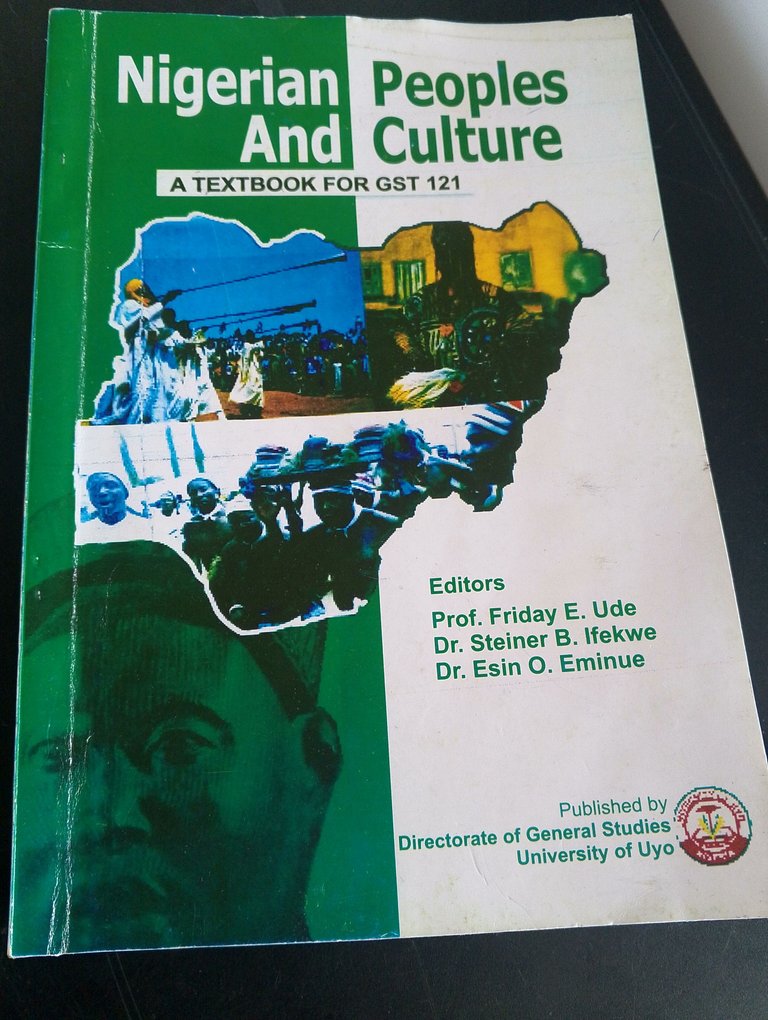
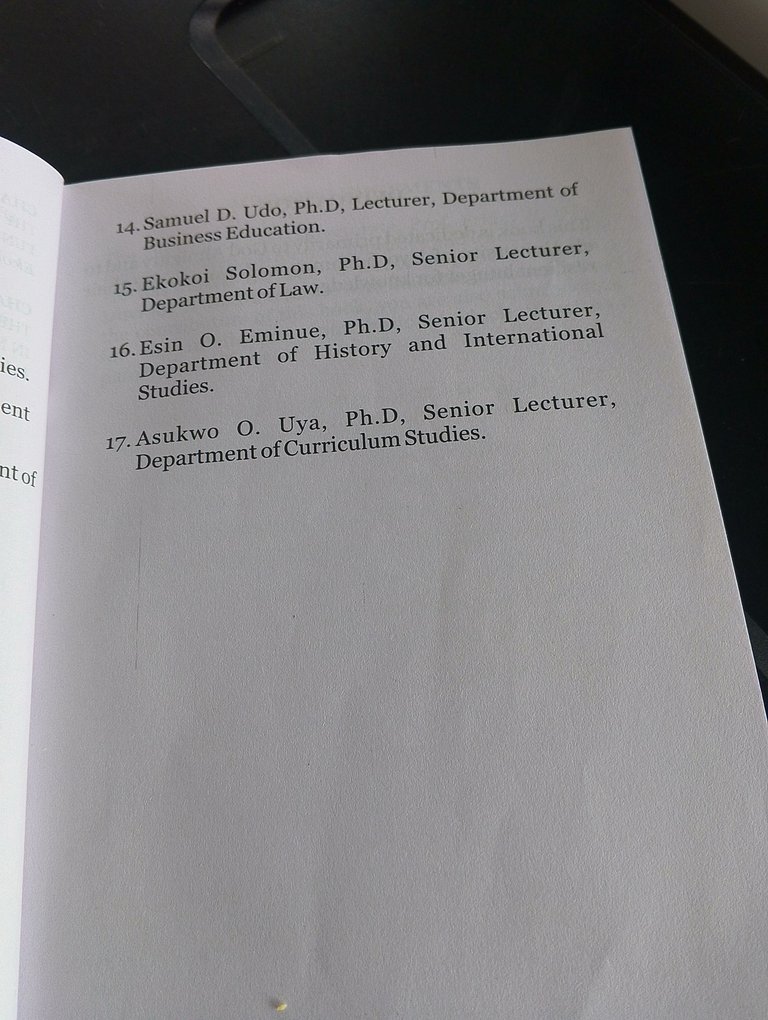
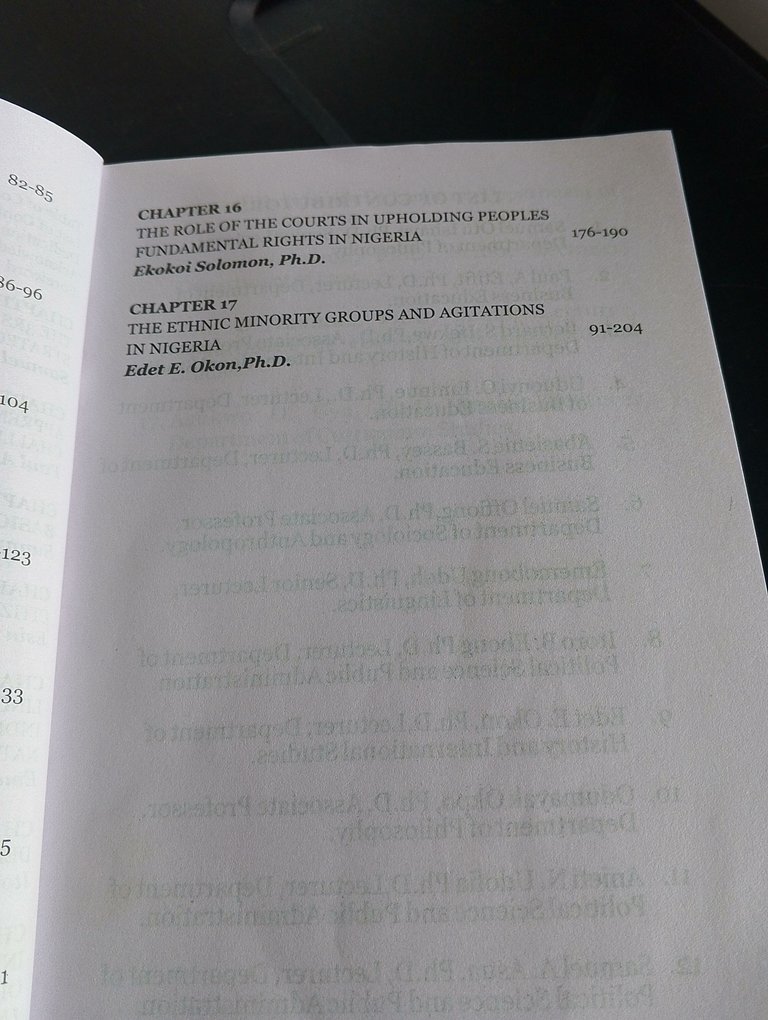
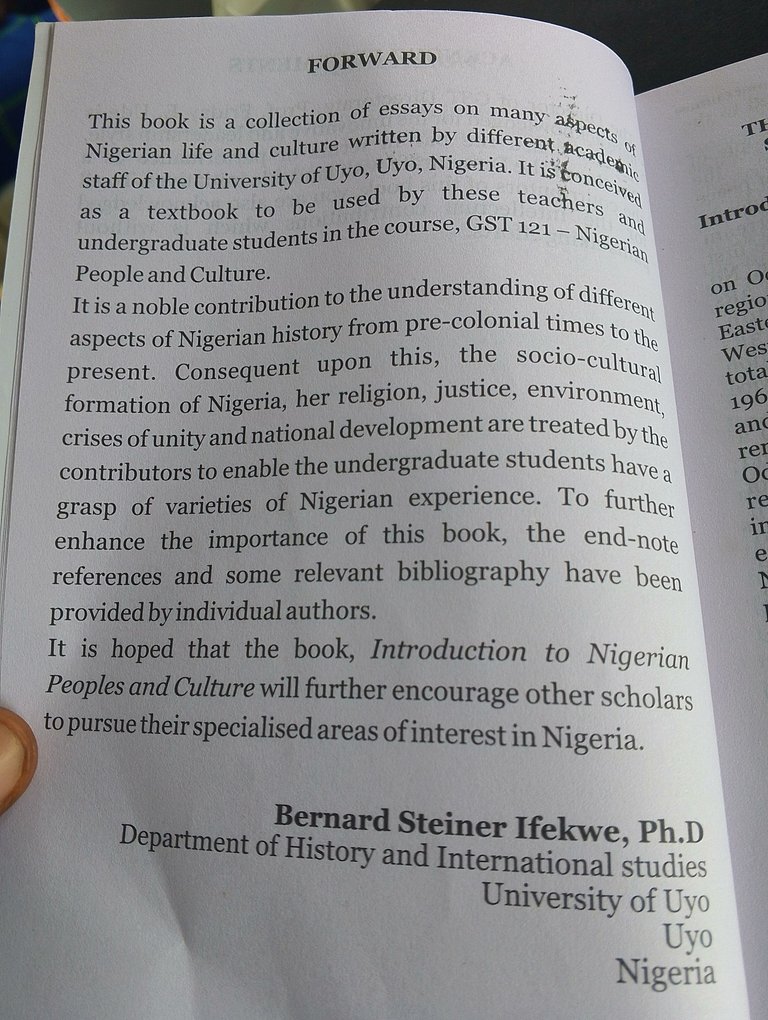
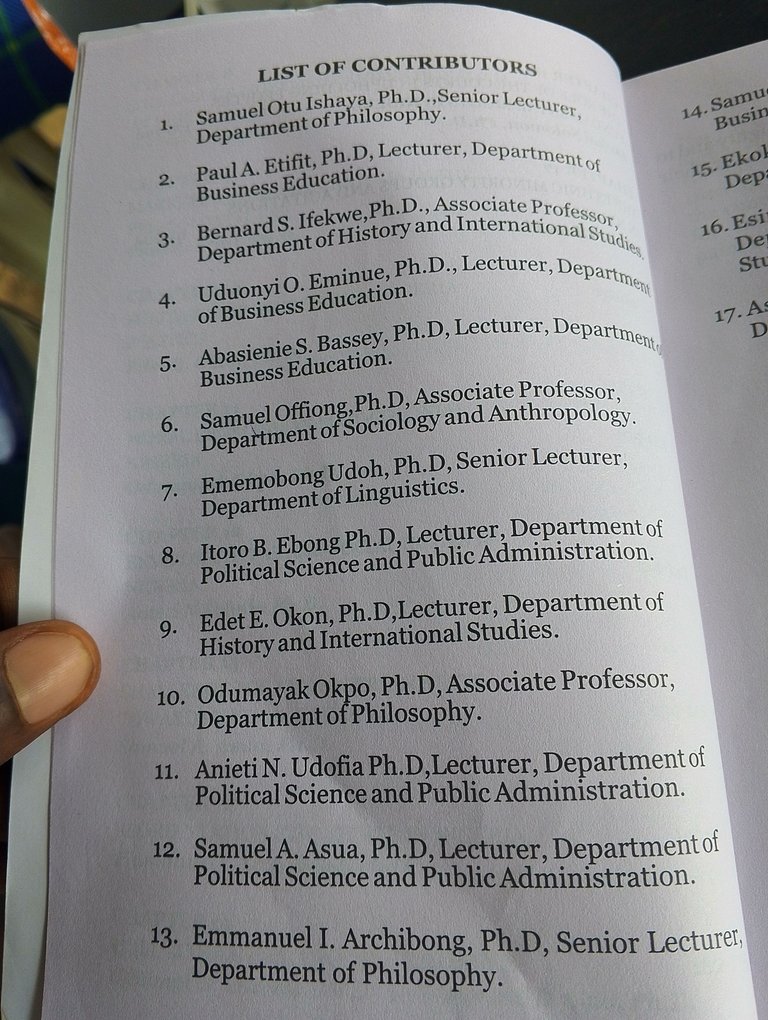
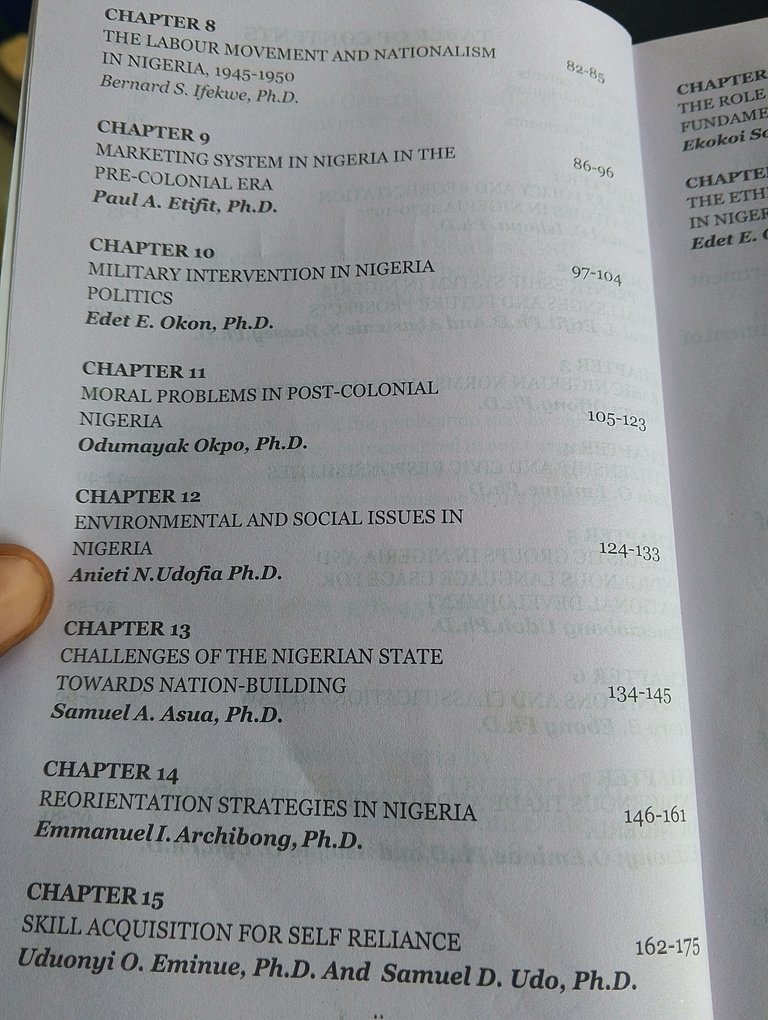

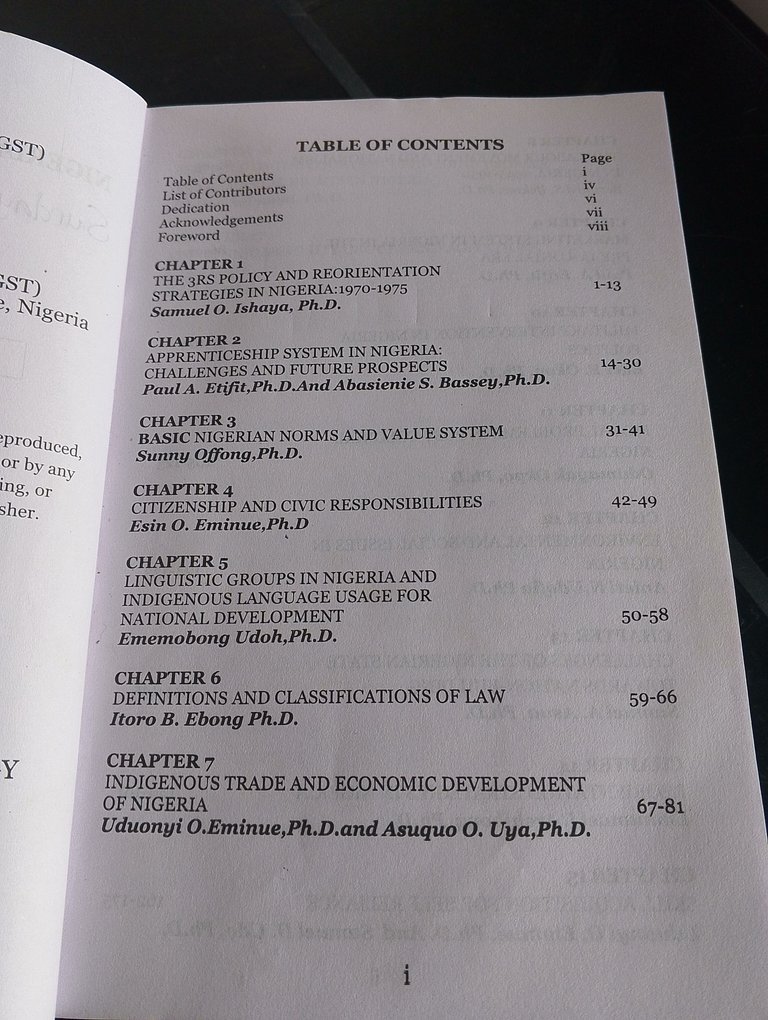
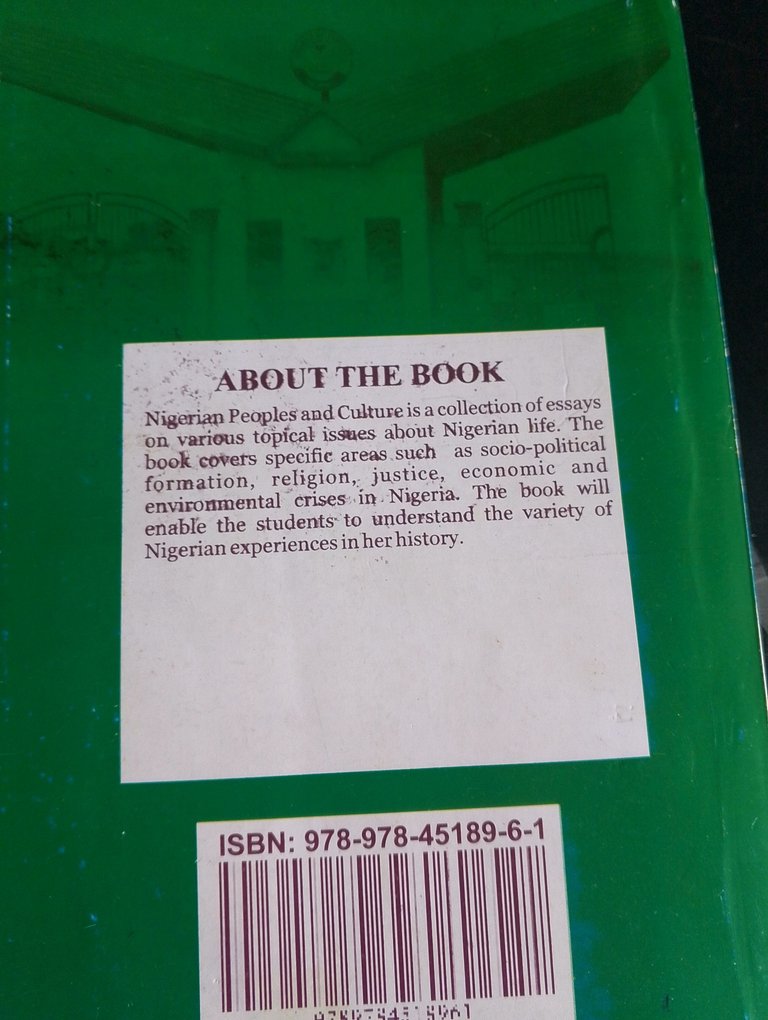
Pueblos y cultura de Nigeria
Cuando ingresé a la Universidad de Uyo, jamás pensé que terminaría leyendo un libro titulado Nigerian People and Culture para la asignatura GST 121. Al principio pensé, “soy nigeriano, ¿qué más hay que aprender sobre mi propia gente y cultura?” Pero con el paso del semestre, me di cuenta de que este libro tenía mucho que enseñarme. Abrió mis ojos a aspectos de nuestra historia, valores y formas de vida que siempre había pasado por alto o dado por sentado.
El libro puede parecer sencillo, pero es poderoso. Desde la primera página, se nota que fue escrito con la intención de educar, no solo para pasar exámenes, sino para despertar una conciencia cultural en el lector. Nigeria es un país con más de 250 grupos étnicos, diferentes religiones y una historia complicada. Este libro no evita esos temas. Más bien, los aborda con claridad y sin prejuicios.
Lo que más me gustó fue cómo describe la diversidad étnica de Nigeria. No solo se enfoca en los grandes grupos como los Hausa, Yoruba e Igbo. También reconoce a los pueblos minoritarios como los Tiv, Ibibio, Ijaw, y Kanuri. Para mí, como alguien del sur, fue emocionante ver mi cultura representada. Me sentí parte del mapa. El libro habla de nuestras lenguas, costumbres, sistemas sociales, valores y estructuras tradicionales. Es un reconocimiento de que todos somos parte del rompecabezas llamado Nigeria.
También redefine lo que entendemos por cultura. Antes de leer este libro, pensaba que la cultura era solo la ropa, la comida o el idioma. Pero aprendí que cultura es también cómo nos relacionamos, cómo resolvemos problemas, cómo elegimos líderes, cómo nos casamos y cómo adoramos. Hay una parte que trata sobre las religiones africanas tradicionales antes de la llegada del cristianismo e islam. El enfoque no es juzgar, sino presentar los hechos, y eso me pareció muy justo.
Otro capítulo que me marcó fue el que trata sobre la integración nacional. En un país con tantas divisiones tribales y religiosas, fue refrescante leer ideas sobre cómo unirnos como nación. El libro habla de problemas como el colonialismo, la guerra civil, la corrupción, y los malos líderes. Pero no se queda ahí. También habla de soluciones, de cómo los jóvenes pueden marcar la diferencia, y eso me dio esperanza.
El papel del lenguaje y la educación en la construcción del país también está muy bien explicado. Hay una parte donde se discute el inglés pidgin como una forma de romper barreras entre los pueblos. Me gustó mucho porque es algo que usamos todos los días, pero no siempre pensamos en lo importante que es para nuestra unidad.
Aunque el curso GST 121 es obligatorio, creo sinceramente que todos los nigerianos deberían leer este libro aunque no estén en la universidad. En una época donde muchos jóvenes ya no valoran sus raíces, este libro ofrece un camino de regreso. Te recuerda quién eres, de dónde vienes y lo que puedes aportar a la sociedad.
Además, el libro habla de liderazgo, roles de género, instituciones tradicionales y globalización. Y en cada tema, se analiza cómo afecta a la identidad nigeriana. Por ejemplo, al hablar de los roles de género, no se limita a repetir lo que dice la tradición. Nos invita a reflexionar y cuestionar. Nos anima a evolucionar sin perder el respeto por nuestras raíces.
La forma en que está escrito es muy amigable. No es el típico libro académico que te aburre. Usa ejemplos cotidianos, referencias históricas y preguntas al final de cada capítulo que te hacen pensar. Esto no solo ayuda a estudiar para los exámenes, sino que realmente hace que entiendas lo que estás leyendo.
En resumen, Nigerian People and Culture no es solo un texto académico. Es una guía que te permite mirar hacia dentro, ver tu país y tu cultura con nuevos ojos. Me dejó con orgullo, con aprecio por otras culturas y con un deseo más profundo de ver a Nigeria como una nación unida.
Si aún no has hecho GST 121, no te preocupes. Cuando lo hagas, lee este libro con mente abierta. No va a cambiar tu vida de la noche a la mañana, pero te va a cambiar la forma en que ves tu país. Y eso, ya es mucho.